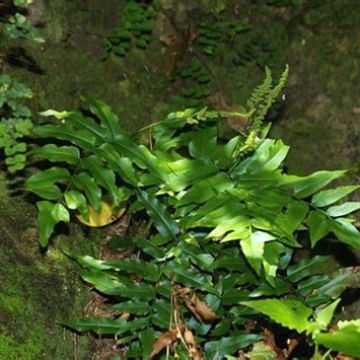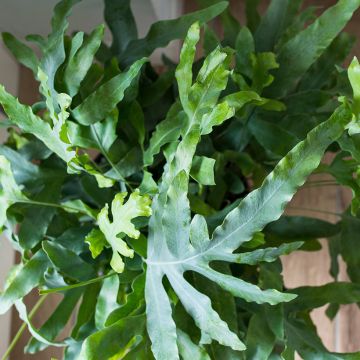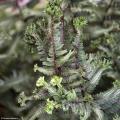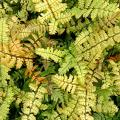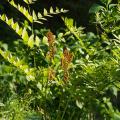Polypodium
Does this plant fit my garden? Set up your Plantfit profile →
Available in 1 sizes
Available in 2 sizes
Available in 1 sizes
Available in 1 sizes
Available in 1 sizes
Available in 1 sizes
Among the Polypodium genus, the species P. vulgare (common polypody) is undoubtedly the most well-known: it is the adorable little evergreen and cosmopolitan fern found in our undergrowth, growing almost everywhere, colonising walls, rocks and the base of tree trunks, or growing directly on the ground in cool and semi-shaded areas. There are about 75 species of Polypodies, mostly originating from the temperate Northern Hemisphere, mainly represented by three species cultivated in gardens: Polypodium cambricum, interjectum, and of course P. vulgare and its forms 'Cristatum' and 'Bifidum', with frizzled leaves, much appreciated in open ground as well as in pots. Adorned with creeping rhizomes, polypody has fronds or leaves that are not deeply cut, ranging from light green to medium green, not exceeding 80 cm (32in) in length. These ferns appreciate humus-rich, moist but well-drained soils, and partial shade.
Causing no other concerns beyond planting it, the polypody has its place in the garden, to border a country hedge, on a shaded slope where nothing grows, in a slightly cool rockery... It pairs well with other shade-loving perennials or those for partial shade (hostas, variegated ivy, small periwinkles, hydrangeas, and shrubby fuchsias). Fans of Japanese-style decor can also plant it among round stones with mosses, helxine, or even with a painted Japanese fern (Athyrium niponicum 'Pictum').
Haven't found what you were looking for?










































